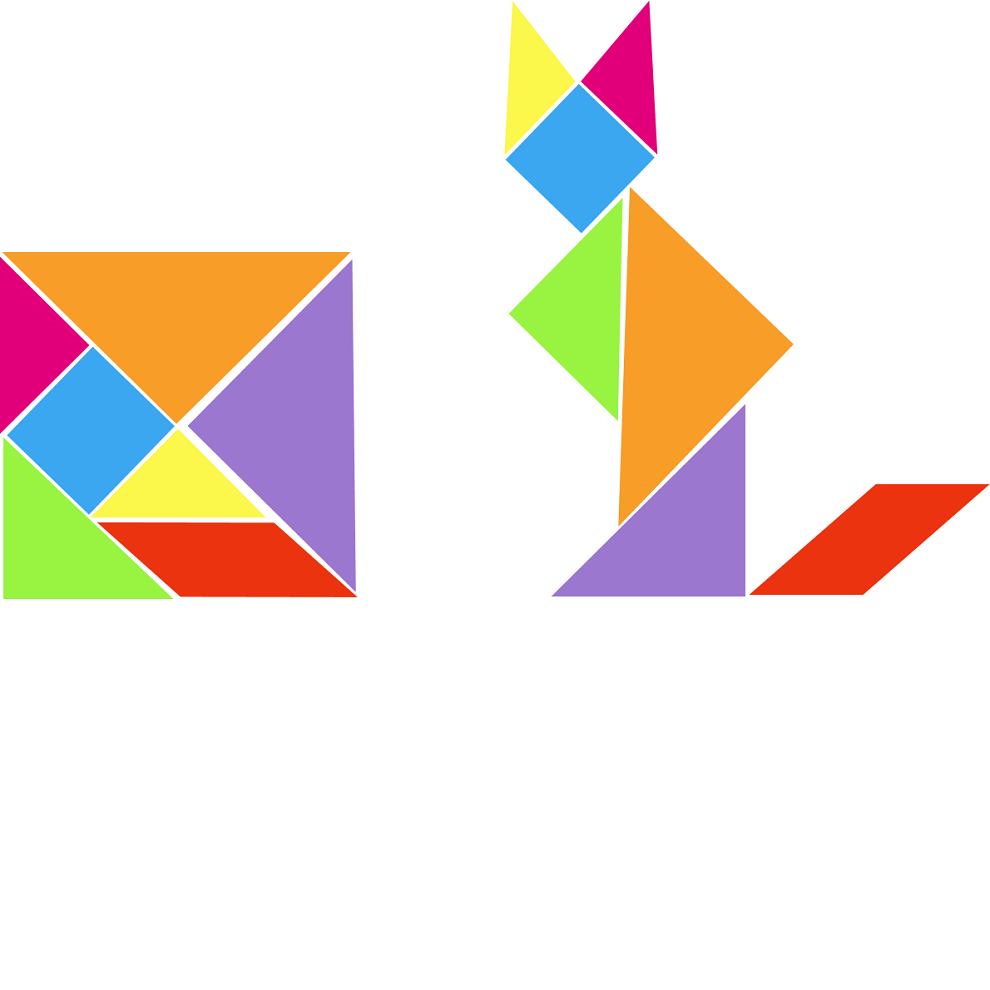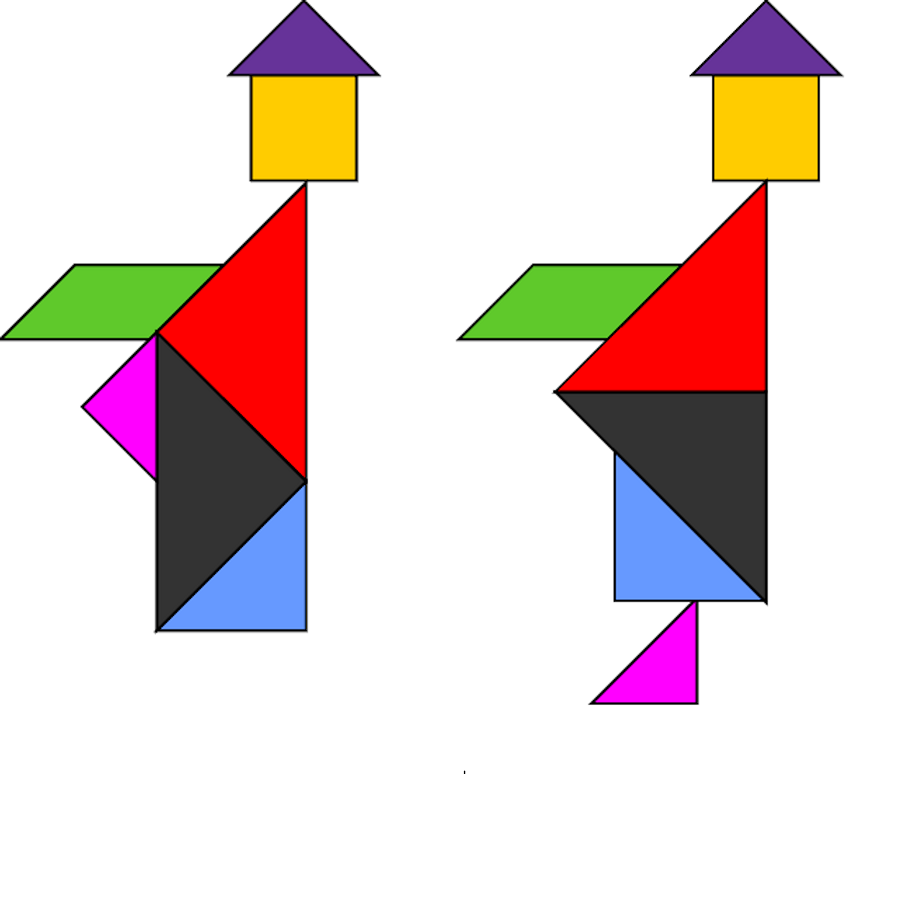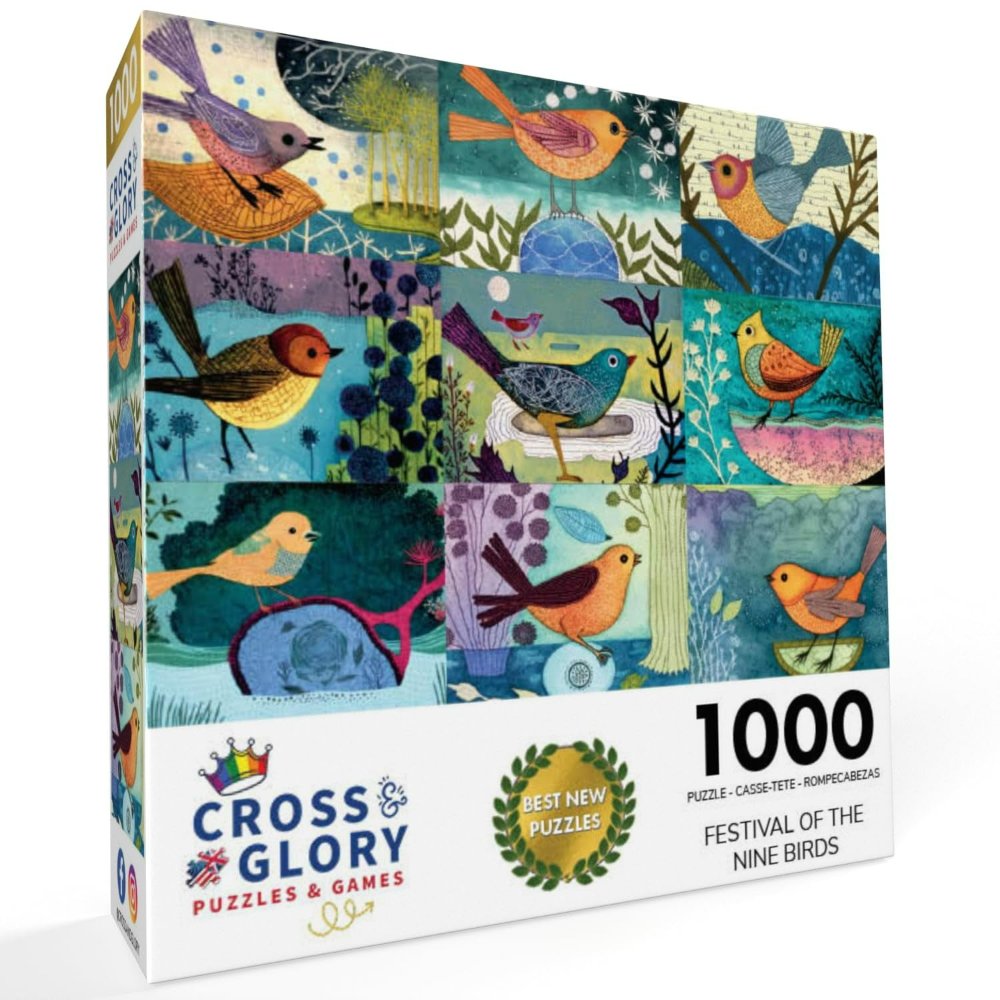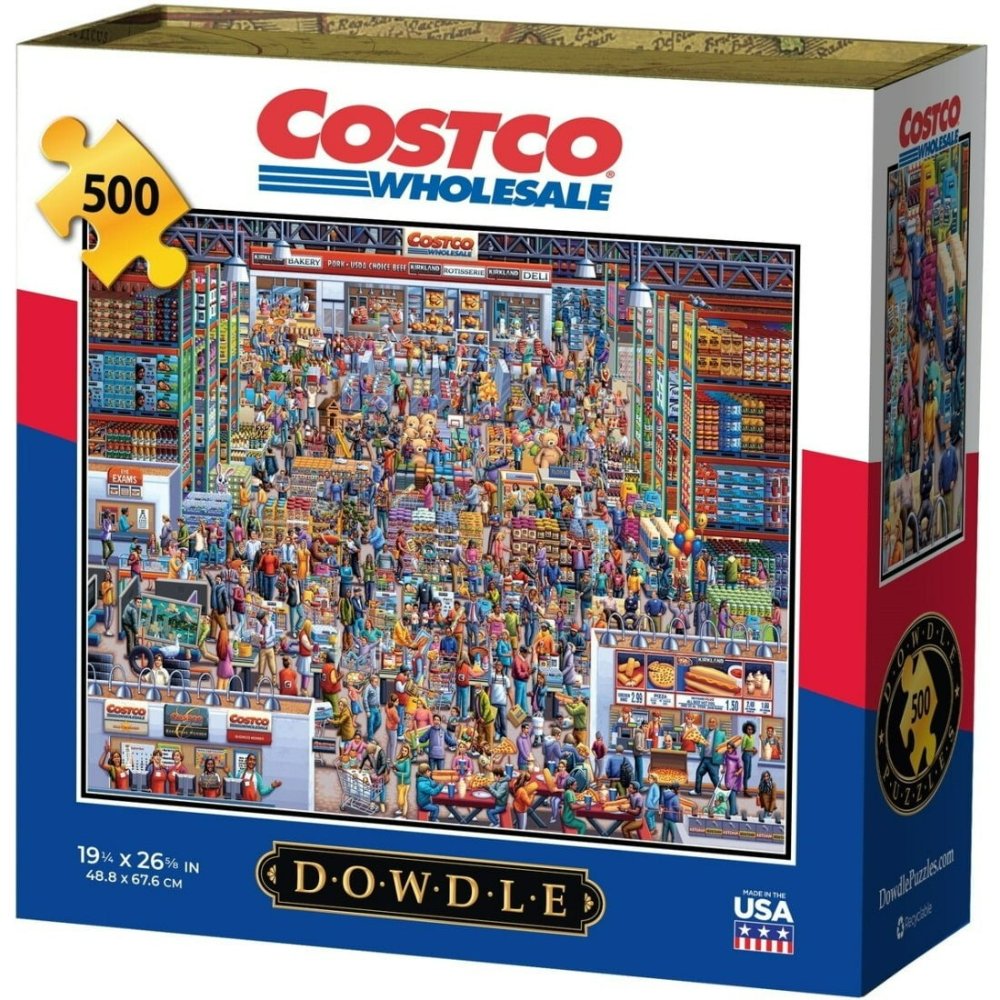What is a Tangram?
A tangram is a dissection puzzle that consists of seven flat pieces called tans. These tans can be arranged to form various shapes, including animals, people, and objects. The objective is to use all seven pieces to form a specific shape without overlap. While tangrams originate from China, their popularity has spread worldwide. They are used for educational purposes and recreational activities.
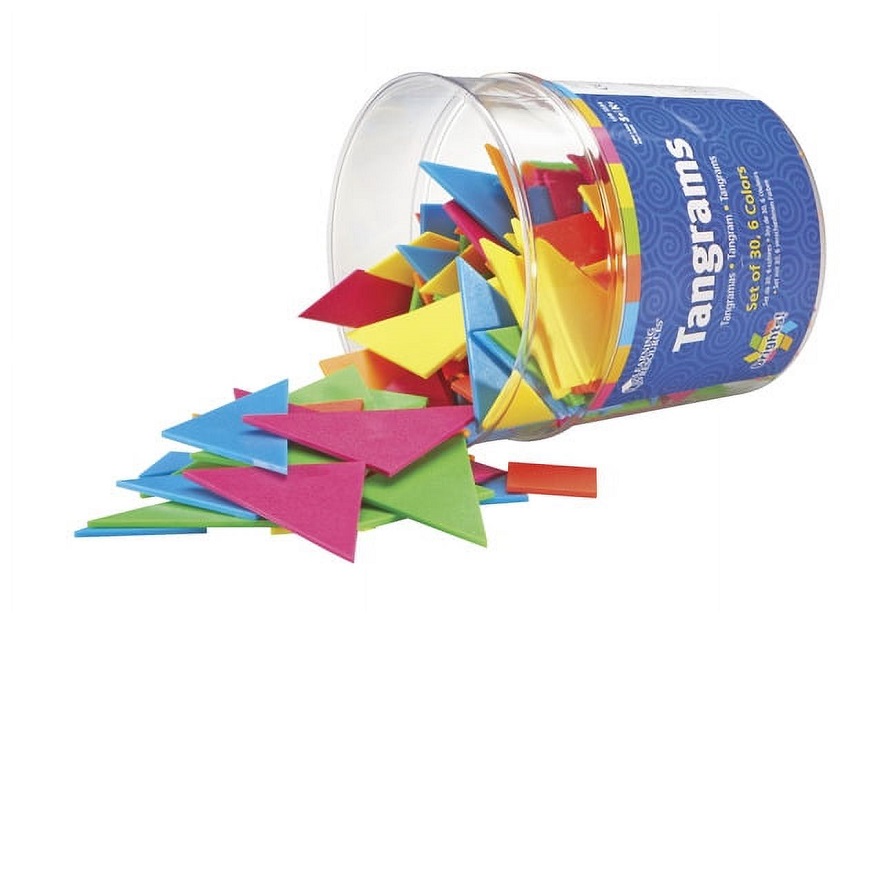
The history of tangrams dates back to the early 19th century. They reportedly emerged in China during the Song Dynasty. However, they gained popularity in the West in the early 1800s after being introduced in America and Europe. Tangrams became a fascinating puzzle for people of all ages, providing both entertainment and mental challenges.
Tangrams consist of two large triangles, one medium triangle, two small triangles, a square, and a parallelogram. Each piece is cut from a square and can fit together in various ways. While there are countless designs that can be made using tangrams, they all share a common aspect. Each design requires the user to think critically and spatially.
The Components of Tangram
The Seven Tans
The seven tans that make up a tangram puzzle include three triangles of different sizes: large, medium, and small. There is also a square and a parallelogram among these pieces. Each tan has a unique shape and size, creating varied formation possibilities. When combined, they can create both simple and complex figures.
The large triangles are the biggest pieces in the set. They are often used as a base in many designs. The medium triangle is somewhat smaller, providing more options for arrangement. The small triangles are the smallest pieces and offer precise angles that can enhance designs. The square and parallelogram introduce additional geometric complexity that allows for even more creativity.
The Nature of Shapes
In tangram puzzles, shapes are not just for visual appeal. They serve an educational purpose as well. These shapes encourage critical thinking and develop spatial reasoning skills. By manipulating the tans, individuals learn about geometry, symmetry, and proportions. This hands-on approach helps reinforce lessons in mathematics and design.
Transformative Possibilities
One of the appealing features of tangrams is their ability to transform. With just seven pieces, one can create a myriad of forms. A simple rearrangement can turn a dog into a house or a bird into a boat. This element of surprise keeps users engaged and motivated to explore different configurations.
Tangram in Education
Cognitive Benefits
Tangrams serve as a powerful educational tool. They enhance cognitive skills in children and adults alike. Working with these pieces helps develop problem-solving abilities and encourages critical thinking. Individuals must visualize the final shape and mentally manipulate the tans to achieve that goal, fostering creativity.
Engaging Young Minds
Teachers often integrate tangrams into their curriculums. They use them to teach concepts in geometry and spatial reasoning. Children can easily grasp complex ideas when they have tangible objects to manipulate. Tangrams also provide an interactive way to learn about angles, areas, and shapes.
Multidisciplinary Learning
Moreover, tangrams can bridge different disciplines. They can enhance art classes by inspiring creativity. Students can experiment with colors and textures while creating designs. In mathematics, they can explore the properties of different shapes. This multi-faceted approach keeps students engaged and helps them understand concepts in a fun way.
The Cognitive and Psychological Aspects of Tangrams
Improved Focus
Using tangrams requires concentration. As people try to fit the pieces together, they must focus on the task. This focused attention can improve overall mental acuity. Even adults find that engaging in such puzzles helps clear their minds and enhances focus on other tasks.
Stress Relief
Tangrams also serve a therapeutic purpose. Engaging in puzzles like tangrams can relieve stress. Focusing on a tangible task allows the mind to rest from daily worries. The satisfaction of completing a shape can lead to feelings of accomplishment and joy.
Strengthening Social Bonds
Tangrams can be a social activity as well. Families and friends can gather to solve puzzles together. This collaborative effort encourages communication and teamwork. Through collective problem-solving, relationships can strengthen. It becomes not just a puzzle but also a bonding experience.
Tangram Variations Around the World
Global Adaptations
The basic concept of tangrams has inspired numerous adaptations worldwide. Countries around the globe have their own versions, incorporating cultural elements into the designs. For instance, in some cultures, tangram shapes represent traditional symbols or animals specific to that region.
Creative Designs
These variations often include additional pieces or different shapes. Some tangram-like puzzles add more triangles or other shapes to create more complex puzzles. This adds another layer of complexity and fun for enthusiasts looking for a challenge.
Cultural Significance
In some cultures, tangrams symbolize unity and harmony. Families use them in traditional games, passing the love for puzzles down through generations. Each tangram puzzle carries its unique story, making it more than just a game.
How to Craft Your Own Tangram
Materials Needed
Creating a tangram is straightforward. All you need is a square piece of cardboard, wood, or even paper. Choose a material that suits your preferences. Use a ruler and a utility knife (or scissors) to cut your shapes carefully. This process can be educational as it adds another layer to understanding angles and measurements.
The Cutting Process
Once you have your square, it’s time to cut the pieces. Start by cutting the square into two large triangles. Next, cut one of the triangles to create the medium triangle, followed by cutting both of the large triangles to generate two small triangles. Finish by cutting small segments to form the square and parallelogram.
Customization and Painting
After cutting the tans, consider personalizing your pieces. You can paint them in bright colors or patterns. This adds a unique touch and makes them more enjoyable to use. Custom tangrams can also inspire creativity when you sit down to solve puzzles.
Playing with Tangrams
Strategies for Solving
When it comes to tangrams, there are strategies that can enhance the solving experience. First, visualize the final shape. This helps in determining where each tan should fit. Look for larger pieces to serve as a base. This often simplifies the process. Gradually, fill in the smaller spaces with the remaining tans.
Practice Makes Perfect
Practice is key when it comes to mastering tangrams. Start with simpler shapes before moving to more complex designs. Over time, you will develop a keen eye for how shapes fit together. This sharpening of skills can make solving tangrams more enjoyable and fulfilling.
Group Challenges
Tangrams can also be turned into group challenges. Have friends or family members race to complete the same shape using their tangrams. This competitive element adds excitement and encourages teamwork. Comparing different solutions can lead to even more creative approaches.
The Physical and Digital Worlds of Tangrams
Tangrams in Physical Form
Although traditional tangrams come in physical shape, advancements in technology have also introduced new ways to interact with these puzzles. Physical tangrams can be enjoyed at home, in classrooms, or in social settings. They provide a tactile experience that digital forms often lack.
Digital Tangrams
With the rise of technology, tangrams have also found a digital platform. Various applications and online platforms offer interactive tangram puzzles. These digital alternatives can be just as engaging as their physical counterparts. They allow users to play anywhere and any time, making tangrams accessible to a wide audience.
Benefits of Digital Engagement
While physical tangrams provide tactile feedback, digital puzzles offer unique advantages. For example, users can easily reset puzzles with a simple click. Additionally, many apps and websites feature hundreds of designs, expanding the possibilities of creativity. This digital access encourages engagement in a more modern context.
Tangrams as a Tool for Creative Expression
Artistic Potential
Tangrams aren’t just about solving puzzles; they can also serve as a canvas for artistic expression. Artists often use tangram shapes to create unique visual pieces. By experimenting with colors and configurations, they explore their creativity while engaging with geometry.
Layering Designs
One captivating aspect of tangrams is the ability to layer designs. Artists can combine different tangram sets to create intricate images. This layering effect produces stunning visuals while maintaining the essence of each individual shape. Such explorations yield endless creative possibilities.
Incorporating Other Art Forms
Moreover, tangrams can be integrated into other forms of art. Dancers, for instance, can create movements based on the shapes of tans. Musicians might compose pieces inspired by the rhythm of tangram arrangements. This interdisciplinary approach fosters broader interpretations of art and creativity.
Tangrams in Popular Culture
Tangrams in Media
They have made their way into popular culture as well. They appear in cartoons, movies, and toys. Their unique shapes and versatility make them visually intriguing. This broad exposure has helped maintain their popularity across generations.
Influences in Design
Designers and architects often draw inspiration from tangram shapes. The clean lines and geometric elements can lead to innovative approaches in various fields. They offer a fresh perspective when conceptualizing new projects, showcasing the artistic potential inherent in this ancient puzzle.
Educational Programs and Workshops
Many programs incorporate tangrams into their activities. Workshops for both children and adults focus on the educational benefits of tangrams. These sessions explore various methods for using tangrams in settings ranging from schools to community centers.
Conclusion: The Timeless Nature of Tangrams
Tangrams have lasted through centuries as a faithful tool for education, creativity, and entertainment. They bridge cultures, connect generations, and inspire minds. People of all ages benefit from engaging with tangrams, supporting cognitive development and creativity. Whether through physical puzzles or digital platforms, the impact of tangrams remains significant in today’s world.
As new generations discover tangrams, they continue to evolve. With each adaptation, tangrams maintain their charm and intrigue. This diversity keeps them relevant, reminding us of the beauty in geometry and creativity. So, whether in a classroom, at home, or online, tangrams invite everyone to play, learn, and explore. Their influence will continue to resonate for years to come.
